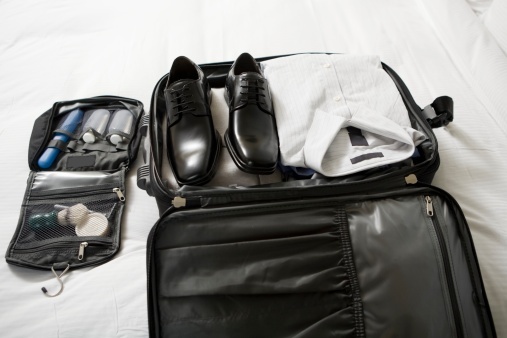
Are you planning on moving to a new apartment? Before you spend money like it’s going out of style, consider these four ways to save. You can move with ease of mind—and have pennies to spare! Be Frugal with Your Furnishings ‘Nice enough’ is all you needi1.wp.com “Fancy” is overrated. You can create a charming



